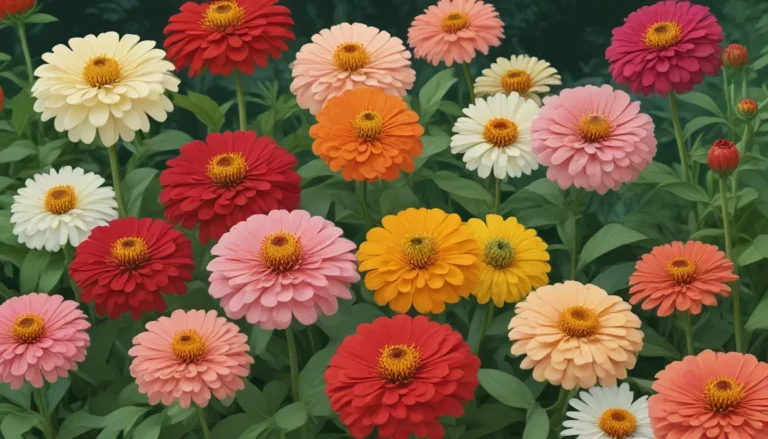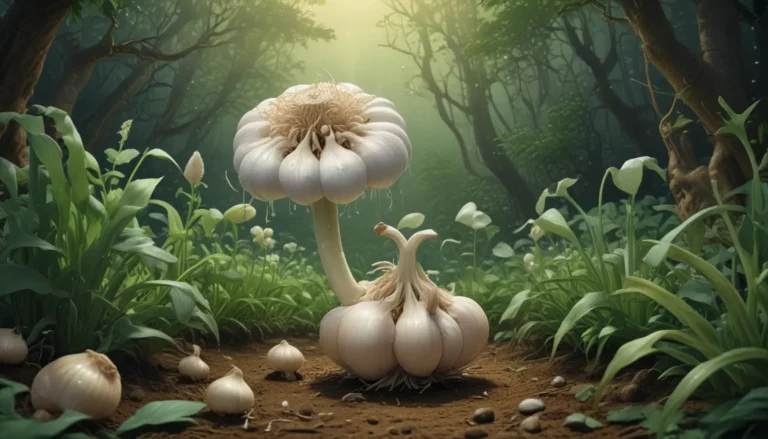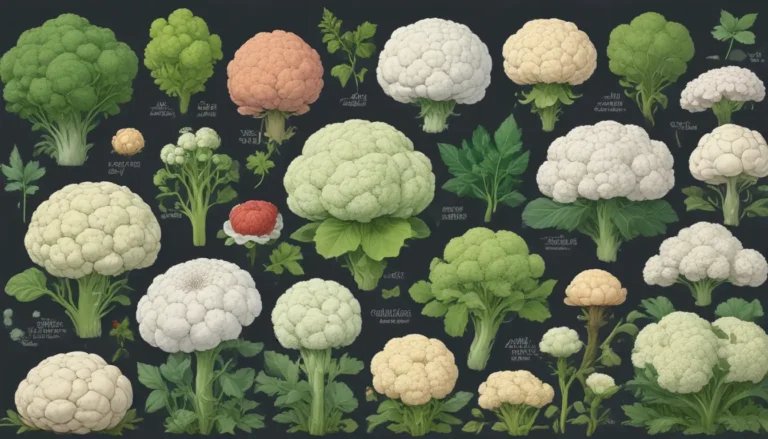The Complete Guide to Identifying and Managing Common Hosta Diseases

Greetings fellow gardeners! Hostas are a wonderful addition to any garden, providing beautiful color to shady spots while being low maintenance and disease-resistant. However, even these resilient plants can fall victim to various diseases that may leave them looking less than their best. If you’ve ever felt like a failure watching your hostas suffer, fear not! This in-depth guide will help you identify and manage seven common hosta diseases, so you can keep your plants healthy and thriving.
Understanding Hosta Diseases
Hostas are known to go dormant in the heat, making them susceptible to diseases, especially when stressed by factors like sun scorch or drought. To ensure the well-being of your hostas, it’s essential to plant them in a suitable location where they are protected from excessive sun exposure and provided with adequate water.
Additionally, it’s essential to differentiate between disease symptoms and pest problems. Sometimes, what appears to be a disease could be a result of pest damage, like voles feeding on the roots.
Let’s dive into the various common hosta diseases you may encounter in your garden:
1. Anthracnose
Anthracnose is one of the most common diseases affecting hostas, caused by various fungi in the Colletotrichum genus. This disease typically manifests as small circular spots with a dark, almost black border. The affected area may eventually fall out, leading to further damage.
To manage anthracnose, trim away infected leaves and treat the remaining foliage with a copper fungicide. Ensure that you water at the soil level and in the morning to prevent moisture buildup, which can aid the spread of the fungus.
2. Bacterial Soft Rot
Bacterial soft rot affects hosta stems and lower leaves, causing them to become soft and mushy with a rotten smell. This disease is primarily caused by bacteria in the Erwinia genus and usually enters through cuts or damage on the plant.
Unfortunately, there is no effective treatment for bacterial soft rot, requiring the removal of infected plants to prevent further spread.
3. Cercospora Leaf Spot
Similar to anthracnose, Cercospora leaf spots have a rust-colored border with a tan or red center. Though not typically fatal to the plant, this disease can affect the overall appearance of your hostas. Treatment for Cercospora leaf spot mirrors that of anthracnose.
4. Fusarium Rot
Fusarium rot presents as yellowing and browning of hosta leaves before eventual withering. This disease, primarily caused by species in the Fusarium genus, can result in stunted growth both above and below ground. Unfortunately, there is no cure for Fusarium rot, necessitating the removal of infected plants and practicing good sanitation to prevent its recurrence.
5. Petiole Rot
Petiole rot, also known as sclerotinia or crown rot, is a fast-spreading disease that is challenging to eradicate. The fungus responsible for this disease thrives in warm temperatures and high humidity, causing the plant’s petioles to exhibit white slime that eventually turns tan or reddish-brown.
Affected plants must be removed, and the surrounding soil replaced with fresh, clean soil to prevent further spread of the disease.
6. Phytophthora Foliage Blight
Phytophthora foliage blight is less common but can have a significant impact on hostas. This disease thrives in wet soil and presents as water-soaked spots on leaves that eventually turn brown and dry. Root rot is another symptom of phytophthora, leading to stunted plant growth and eventual death.
Prevention is key with phytophthora foliage blight, as there is no effective treatment once the disease takes hold. Practicing good garden hygiene and avoiding overwatering can help mitigate the risk of infection.
7. Viruses
Several viruses can affect hostas, resulting in various symptoms such as discoloration and spot formation. Unfortunately, there are no treatments for hosta viruses, making prevention through proper hygiene practices crucial to minimizing the risk of their spread.
Avoidance of contaminated plant material and controlling thrips can help prevent virus transmission within your garden.
Conclusion
While hostas are generally resilient plants, they can still fall victim to a range of diseases that may impact their health and appearance. By being proactive in identifying symptoms and implementing appropriate management strategies, you can keep your hostas thriving and disease-free. Remember to practice good garden hygiene, provide optimal growing conditions, and monitor your plants regularly for signs of disease. With the right care and attention, your hostas will continue to enhance your garden with their beauty for years to come. Share your experiences and insights on managing hosta diseases in the comments below to help fellow gardeners facing similar challenges.
I hope you found this comprehensive guide helpful in understanding and managing common hosta diseases. If you’re looking for more tips and advice on cultivating healthy hostas, check out our other informative guides on topics such as growing hostas in containers or maximizing the beauty of hosta flowers. Happy gardening!





